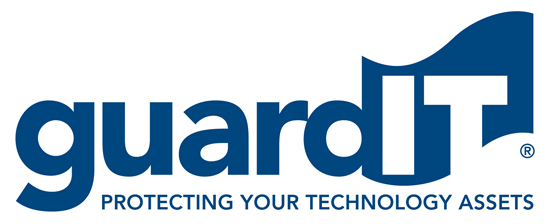"What has to happen in order for the escrow deposit materials to be transferred to a beneficiary?”
This is the number one question in the minds of escrow beneficiaries everywhere. Most folks know, in general, that the escrow agreement provides for contingent access to the deposit materials, but the details are very important to both parties.
While a well-written escrow draft can be used as-is or with minimal edits (ours are, in most cases), the drafts sometimes end up looking like a Rand McNally road map with all of the red lines, additions and deletions. Most changes we see involve the “release conditions” or “triggering events”. Simply put, these are the contingencies that must occur before the Guard-IT can release a copy of the deposit materials to the beneficiary.
Remember, these release conditions are mutually agreed upon by both depositor and beneficiary, and they make up the protocol for notices and release instructions if/when a release condition occurs.
In many cases, simple release conditions will suffice and satisfy the Parties. These often include:
1. Written verification that the Depositor has ceased business operations (e.g., a bankruptcy filing, or a letter from a company officer indicating the business is closing or has closed) or the licensing/maintenance of the Deposit Materials without a successor, AND/OR
2. Written verification that the Depositor has somehow materially failed to support the product or breached the Parties' license agreement or contract.
The “written verification” part is critical. The escrow agent must have support documentation from one of the parties to substantiate ALL release requests. To protect the depositor, Guard-IT isn't going to just hand over the deposit materials in response to a beneficiary’s phone call or an e-mail claiming that the depositor didn’t return a phone call. A substantial failure or issue – or other release condition in the escrow agreement – has to be properly documented.
If a release condition occurs (or is suspected), it is the beneficiary's responsibility to notify Guard-IT, who then initiates the notice/release protocol. While the protocol may be extended or condensed, it normally includes notices, objection periods, alternative dispute resolution (ADR, if needed) and other steps to be taken before any transfer of the deposit materials occurs.
